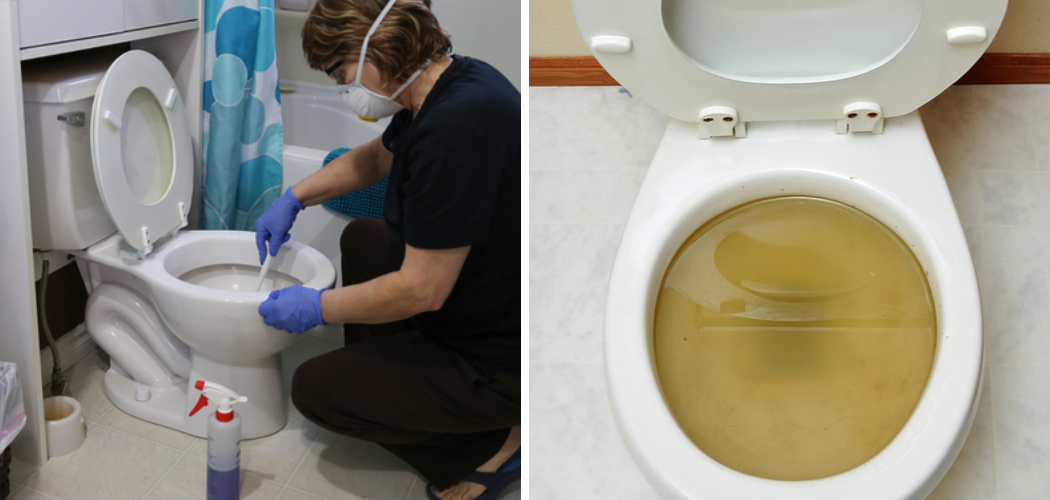Toilet clogs can cause plumbing disasters, major cleanup efforts, foul odors, and disruption of your daily routine. There are a few simple steps that you can take to prevent these messes from occurring in the first place. While some forms of prevention require professional intervention, there are other ways that everyone can employ to protect their plumbing systems from potential disasters.
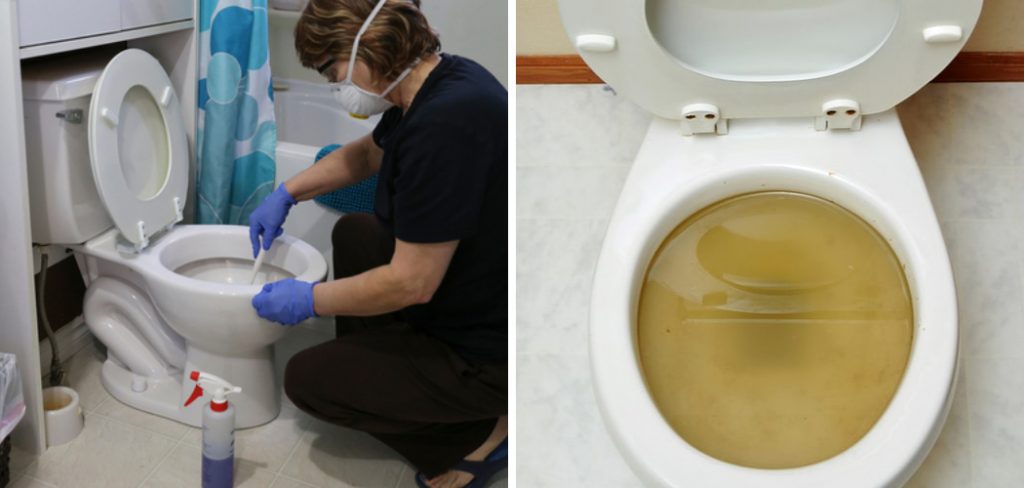
In this article on how to prevent toilet clogs, we’ll discuss various methods used to help avoid stubborn clogs in one’s toilet and keep it running properly. Read on to find out the best tips for preventing pesky toilet clogs!
Step-by-step Guidelines on How to Prevent Toilet Clogs
Step 1: Inspect Your Pipes on a Regular Basis.
Make sure they are in good condition and free of any corrosion or blockages. If you spot any issues, contact a professional plumber to inspect the pipes further and provide repairs if necessary. Otherwise, clogs may develop over time and become more difficult to clear. So, it’s best to nip the problem in the bud.
It’s also important to inspect the pipes leading away from your toilet and ensure they are in good condition.
Step 2: Avoid Flushing Too Much Waste.
Your toilet is not a trash can, so be mindful of what you flush down it. Avoid throwing away any paper products (including facial tissue, paper towels, and diapers), wipes, floss, cotton swabs or other items. All of these products can easily clog the pipes and cause blockages.
It’s best to use the trash can for these items. This can help to keep your toilet clog-free. But, if you must flush something down the toilet, make sure it is marked as “flushable”.
Step 3: Install a Pressure-Assisted Toilet.
A pressure-assisted toilet is designed to handle large amounts of waste with its strong flushing power. It uses air pressure to create a powerful flush, which can help move solids and other materials down the drain and prevent clogs.
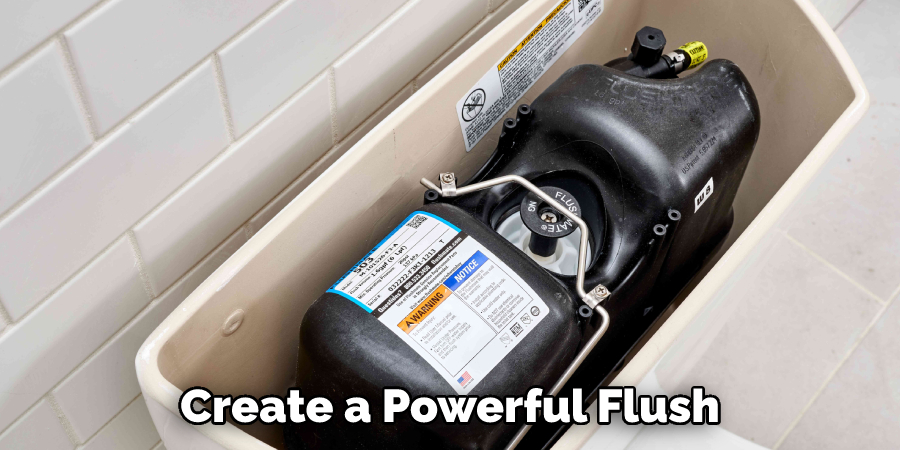
You can also install a toilet with an elongated bowl, as this type of design is better suited for preventing clogs. Before you buy a new toilet, however, make sure it’s compatible with your existing plumbing system.
Step 4: Use a Toilet Plunger.
If your toilet does become clogged, the safest and most effective way to unclog it is by using a plunger. Make sure to use the right type of plunger for your toilet. Some toilets have an elongated bowl shape, so a flange-type plunger will be more effective.
If you don’t have a plunger, you can also use a wet/dry vac to suction out the blockage. It’s important to remember, however, that these methods should only be used as a last resort.
Step 5: Use Toilet Augers.
Toilet augers are another tool that can help you clear stubborn clogs from your toilet. This device consists of a cable with an angled head, which is inserted into the toilet drain and then turned in order to break up the blockage.
This is a great option if your plunger isn’t working or if the clog is located deeper in the pipes. But, before you use an auger, make sure to turn off the water at the shut-off valve in order to avoid any spills.
Step 6: Install Hair Catchers in Sinks and Showers.
Hair has a tendency to get stuck in drains, eventually leading to clogs. To avoid this, install hair catchers in your sinks and showers. This device is designed to catch hairs before they can cause a blockage. You can also use a combination of baking soda and vinegar to dissolve any hair that has already built up in the pipes. But, for chronic clogs, it’s always best to call in a professional plumber.
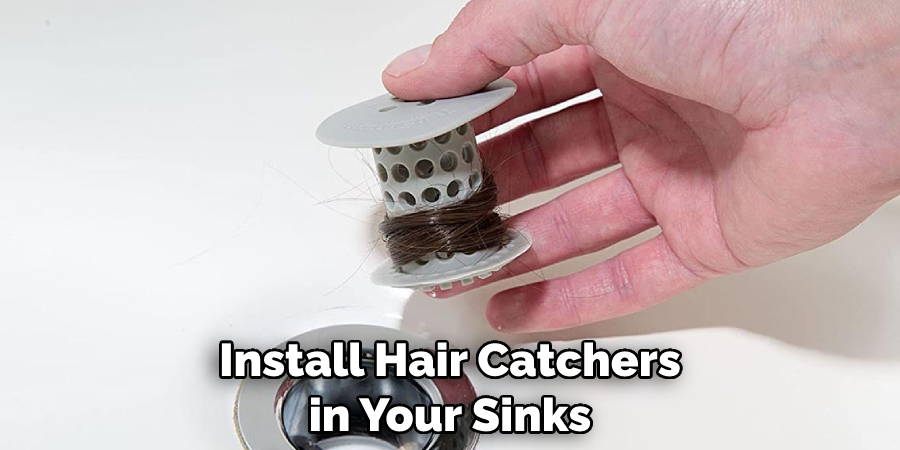
Step 7: Avoid Using Too Much Toilet Paper.
When it comes to toilet paper, use just enough for the job at hand – no more than a few squares of tissue at a time. Overuse of toilet paper can lead to clogs as the paper does not break down quickly enough in the water and will end up forming a ball that is too large for the pipes to handle.
It’s also important to note that if you are using a septic tank, avoid flushing extra-thick toilet paper as it can clog the drain field.
Step 8: Use Baking Soda and Vinegar Monthly.
Once per month, pour one cup of baking soda followed by one cup of white vinegar down your toilet drain. Let it sit for one hour and then flush the toilet with hot water. This will help break down any soap scum or other debris that may be accumulating in your pipes. But, if this method fails to clear a clog, it’s always best to call in a professional plumber.
Step 9: Do Not Pour Grease Down the Drain.
Grease is a major cause of clogs in toilets and other drains, as it does not dissolve easily in water and can quickly harden, leading to blockages. To avoid this problem altogether, avoid pouring grease down the drain. This includes oils and fats from cooking, as well as products like hair spray and beauty creams. You should also be sure to scrape any food particles off dishes before washing them in the sink.
Step 10: Use Commercial Clog Removers Sparingly.
When all else fails, you may have to resort to using commercial clog removers such as Liquid-Plumr or Drano. Be sure to follow their instructions carefully, as overuse of these products can damage your pipes. Make sure to wear protective gloves when handling these products. Keep in mind, however, that while they may clear a clog temporarily, they will not fix the underlying issue.
Step 11: Utilize Boiling Water.
In some cases, boiling water can help to clear minor toilet clogs by melting away any soap scum and other debris that may be stuck in the pipes. Pour a pot of boiling water into the toilet bowl and wait a few minutes before flushing again. If this doesn’t work, you may need to resort to using a plunger or auger. Remember, if the clog persists or gets worse, don’t hesitate to call in a professional plumber.
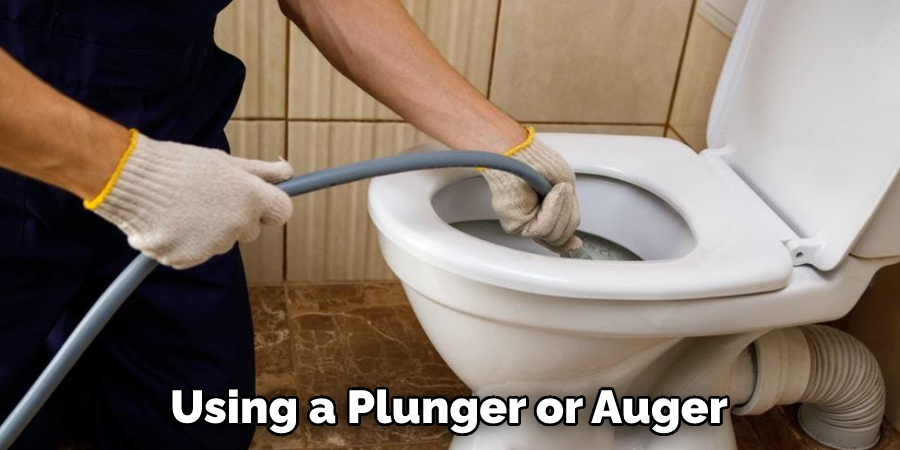
Step 12: Regularly Clean Your Toilet Bowl.
Finally, it’s important to keep your toilet bowl clean on a regular basis in order to prevent clogs from occurring in the first place. Scrub the bowl with a toilet brush and flush it at least once a week, or as needed. This will help keep your pipes free of debris and clog-free for years to come. So, follow these steps and you can keep your toilet running smoothly.
By following these steps on how to prevent toilet clogs, you can ensure that your toilet stays clog-free and in proper working order. Remember, prevention is key when it comes to preventing toilet clogs! Take proactive measures now to avoid costly repairs down the line.
Do You Need to Use Professionals?
In some cases, you may need to use professional help in order to clear a stubborn clog or unclog the toilet. If so, contact a plumber who specializes in dealing with clogged toilets. They will have the necessary tools and experience required to get your toilet running smoothly again.
Professional help is often the best way to prevent and deal with toilet clogs, so don’t hesitate to reach out for assistance if needed.
Frequently Asked Questions
Q: What is the Best Way to Prevent Toilet Clogs?
A: The best way to prevent toilet clogs is to regularly clean your toilet bowl and use a plunger or auger if a clog does occur. Avoid pouring grease down the drain, use only enough toilet paper for the job at hand, and install hair catchers in your sinks and showers.
Additionally, you should use baking soda and vinegar once per month to help break down any soap scum or other debris that may be collecting in your pipes.
Q: How Can I Unclog a Toilet?
A: The safest and most effective way to unclog a toilet is to use a plunger or an auger. If the clog persists, you may need to resort to using commercial clog removers such as Liquid-Plumr or Drano. Be sure to follow their instructions carefully and only use them sparingly. You can also try boiling water to help break down any debris that may be stuck in the pipes.
Q: How Often Should I Clean My Toilet Bowl?
A: You should clean your toilet bowl at least once a week, or as needed. Scrub the bowl with a toilet brush and flush it to help keep your pipes free of debris and clog-free for years to come. Additionally, you should use baking soda and vinegar once per month to help break down any soap scum or other debris that may be collecting in your pipes.
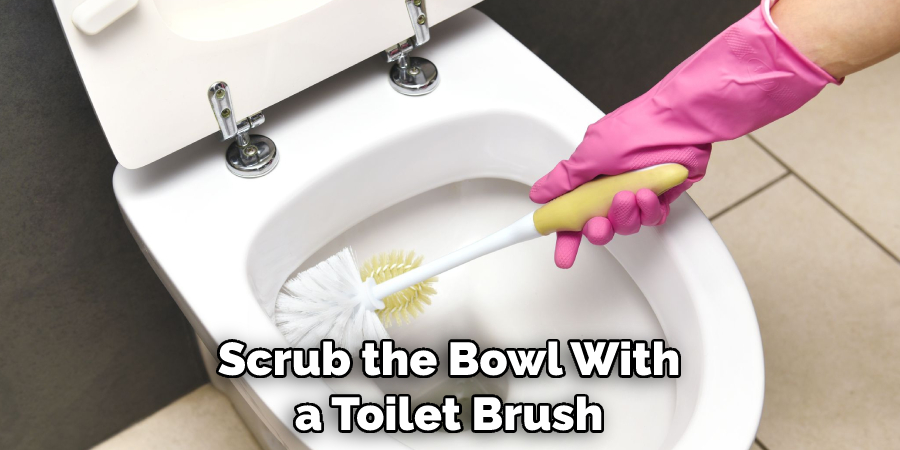
Conclusion
No one likes dealing with clogged toilets; so, taking the right steps to prevent it from happening in the first place is a lot easier. Taking care of your pipes and toilet — avoiding flushing anything other than toilet paper and finishing off with a plumbing maintenance routine — can help you avoid clogs in the future.
Although many toilet products are marketed as safe for drains, it’s best to stick to more conventional options from trusted sources.
With these tips on how to prevent toilet clogs, you should be able to prevent any future catastrophic restroom situations. Beyond maintenance routines and some common sense practices, there is no surefire way to avoid a clogged toilet altogether, but taking the time to practice these habits can make all the difference when it comes down to an emergency splashdown situation.

